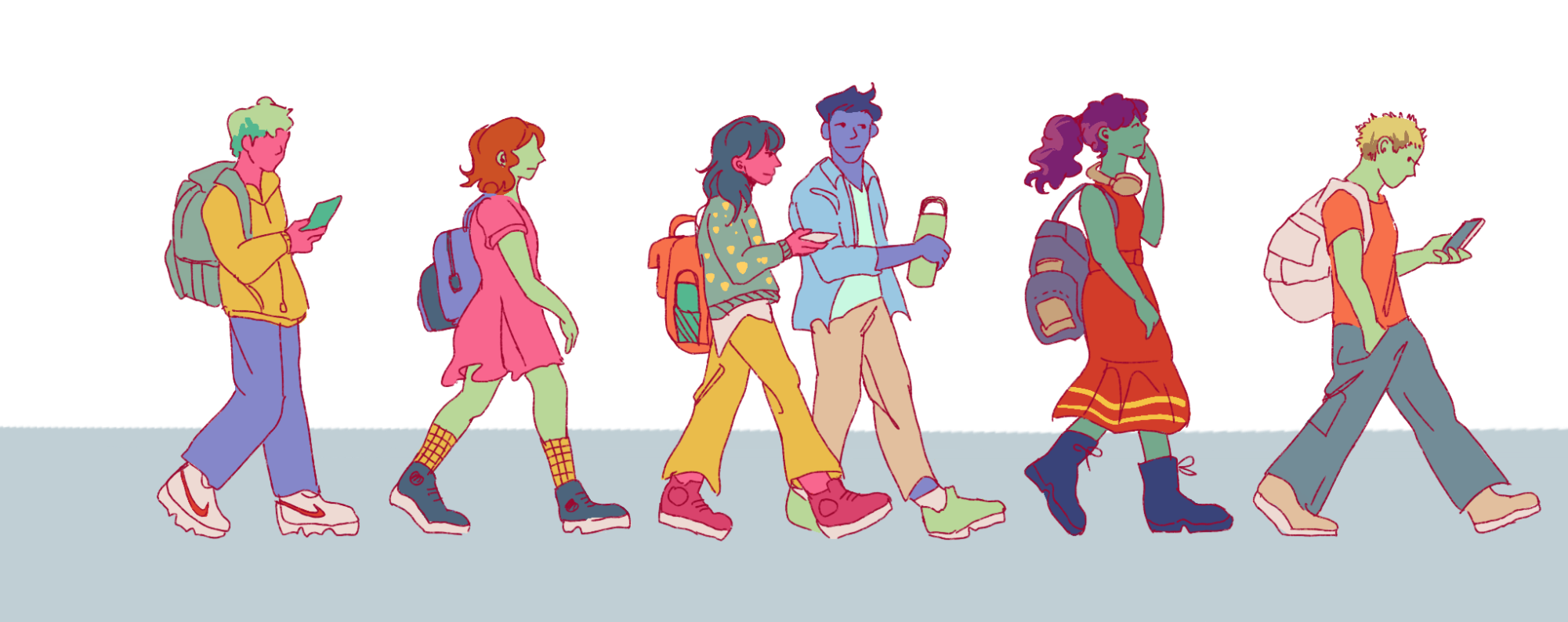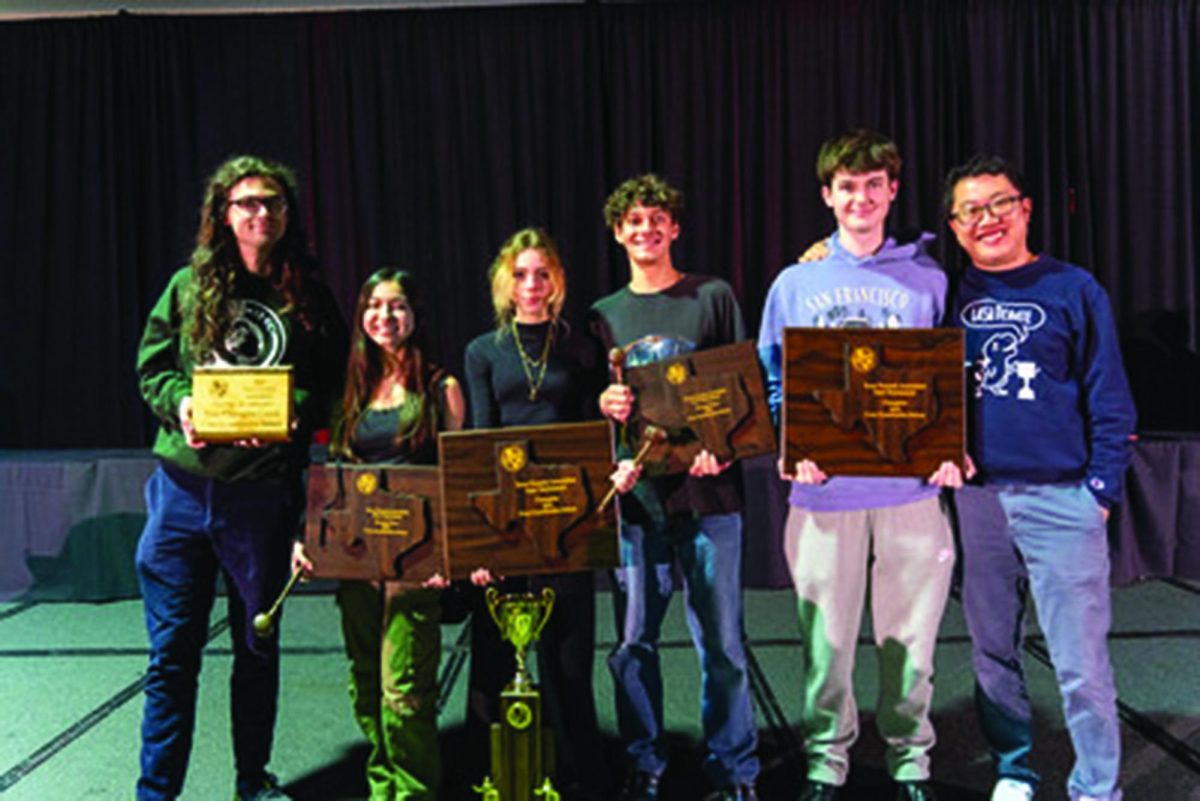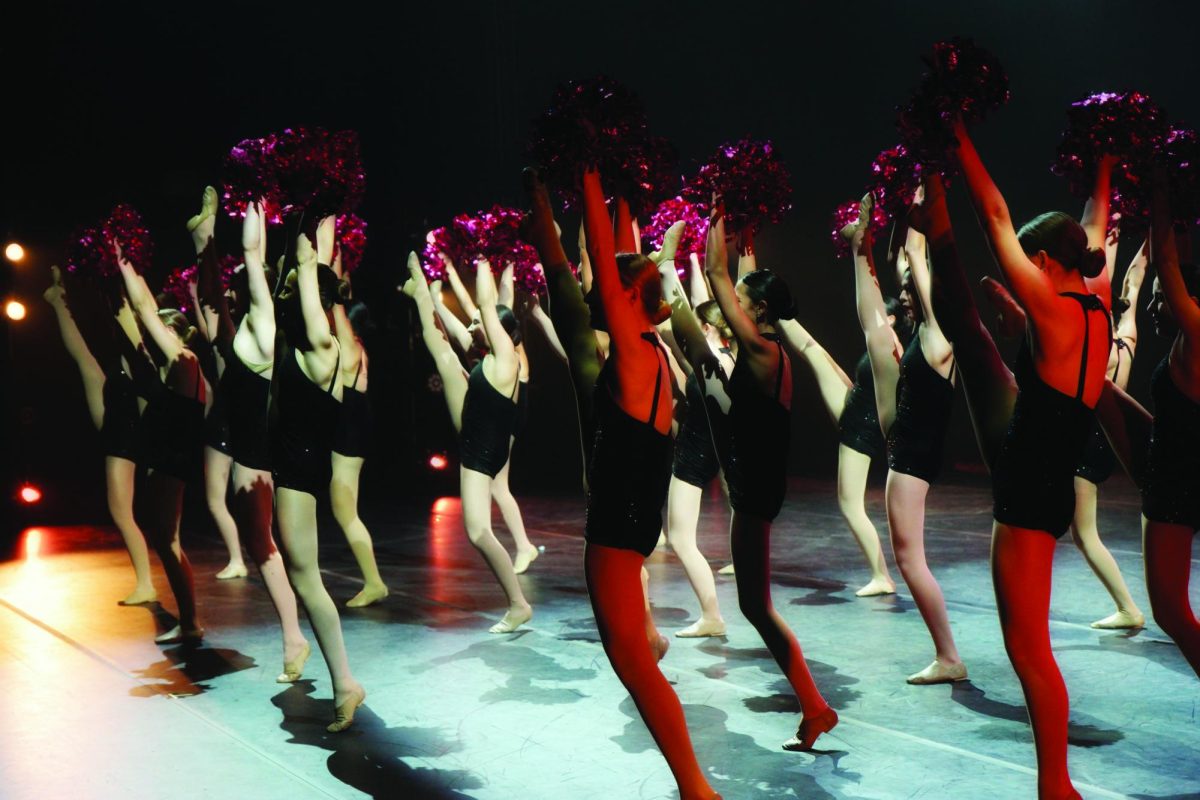
Jammed hallways and dwindling parking spaces are the symptoms of LASA’s increased student population, which is larger than Johnston High School’s biggest ever. This year’s student body tops last year’s total of 1,309 students with around 1,520 students, but there’s also an overall teacher and staff shortage. As a result, many concerns surrounding traffic, class sizes, and funding have risen.
According to LASA Principal Stacia Crezensci, when LASA shared a campus with Lyndon Baines Johnson High School, limited space forced admissions to be capped at 200 people per grade level, which didn’t allow her to accept all the students who were qualified for LASA. Moving buildings allowed her to fix this problem and admit more applicants.
“Part of the reason for us to move to this building, one of the major parts, is that we were actually saying no to more students that qualified than [we] were saying yes,” Crezensci said. “Out of 700, there would be 600 kids that would have qualified. And now [we] can accept more people that qualify.”
However, as the school year has started with a significant increase in students and fewer teachers, the impacts can be felt across all areas of LASA, according to freshman David Buckley. He observed several examples of issues resulting from the larger student population, including the extensive lunch lines and crowded hallways.
“It’s been a very big problem actually,” Buckley said. “I’ve seen individuals having to wait their whole lunch in line, and they don’t even end up eating.”
Buckley mentions similar problems with overcrowding in buses and parking lots, which not only impacts students, but the neighborhood around LASA as well. In regard to this, Crezenszi explains that the increase in student population isn’t necessarily the cause of stress for the neighborhood.
“It’s not us slowly getting bigger that really is the big factor of stress with the neighbors,” Crezensci said. “It’s that we’re here with this many kids at all. Any school coming in with double the number they’ve ever seen, that’s crazy. Now over 20 times the number that they may have seen in the virtual year, and because we’re not a neighborhood school, we have more kids that drive than the average school.”
Shaun Cuttill, a Sci-Tech teacher, also mentioned that larger classes have come with their own hassles, including teaching more students per class, which require him to go the extra mile to make sure every student understands content. However, Cuttill supports the decision to increase class size because it allows more students the opportunity to be at LASA.
“The more kids that are in class, the harder it is,” Cuttill said. “Especially when we’re doing things we do in Sci-Tech like large projects and such, right. So making sure that everybody is on task all the time is difficult. However, in the past, we weren’t able to accept everyone that would have qualified to come to LASA. So now having our own campus and being able to accept more students allows more students that would qualify for LASA to come to LASA.”
A larger class size means it will be difficult for students to personally know the faces of everyone in their grade. Crezensci hopes to focus on maintaining a tight-knit community at LASA, even as the number of students increases.
“As you add students, it’s important to still have a culture that is collaborative and focused on learning,” Crezensci said. “We want every student to feel like they found their place, know lots of people, and don’t feel like ‘wow this is so big I feel like being on an island.’”
While there have been many challenges with the rise in the student population, Crezensci feels that, overall, this is for the better. Aside from all the drawbacks, there have been many benefits from the more diverse student body and the perspectives that are offered.
“The more students that you have, the more depth you can have in various extracurriculars,” Crezensci said. “When you accept more students, you can accept more diversity in each grade level. And the more diversity you have, the richer the conversations are in the classroom.”





